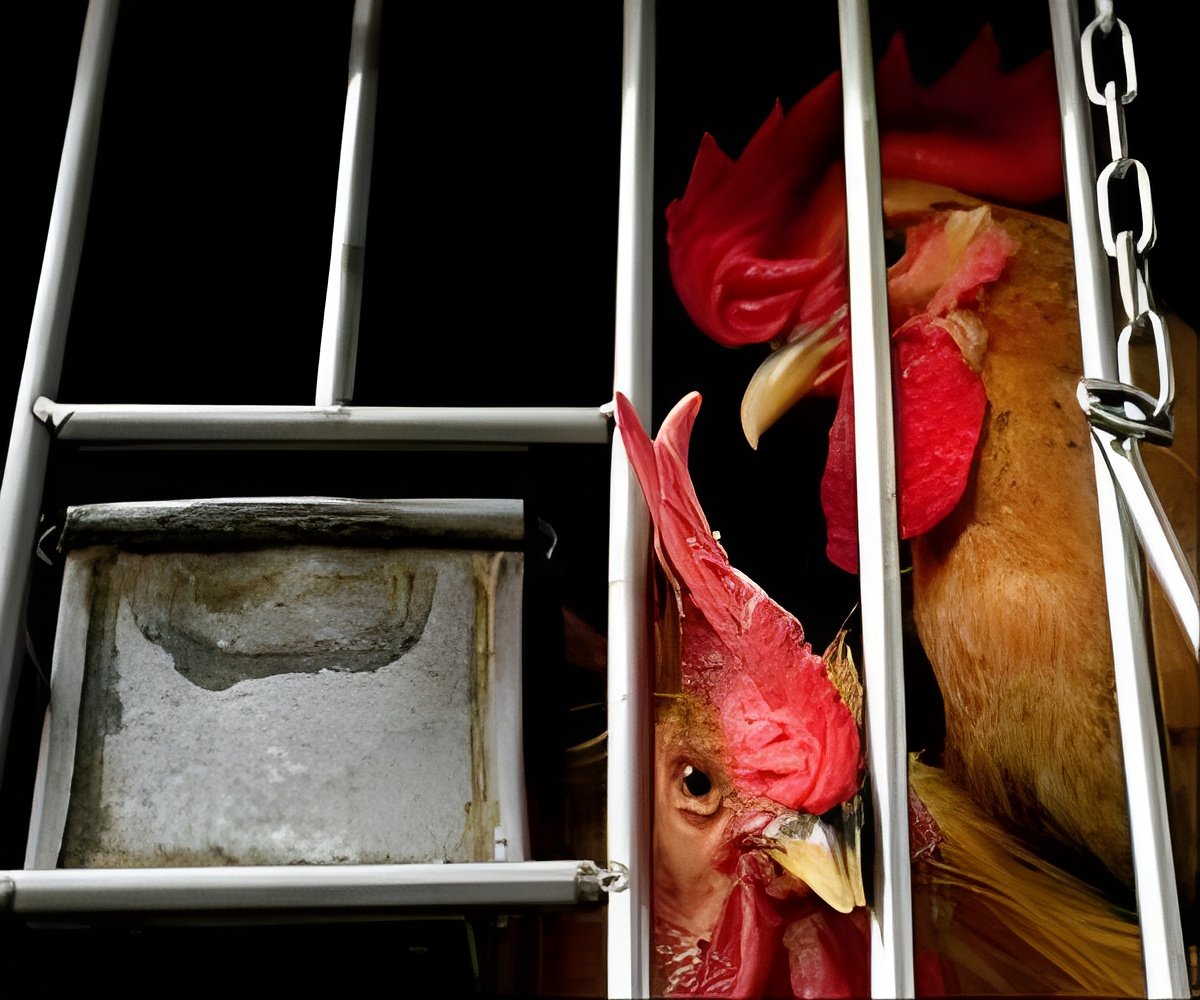,” says Ryan Brewster, MD, first author of the report and a first-year resident in the Boston Combined Residency Program in Pediatrics at Boston Children’s Hospital and Boston Medical Center.
Croup, known medically as laryngotracheitis, is a common respiratory illness in babies and young children. It is marked by a distinctive barking cough and sometimes noisy, high-pitched intakes of breath (known as stridor).
It happens when colds and other viral infections cause inflammation and swelling around the voice box, windpipe, and bronchial tubes. In severe cases, including some seen at Boston Children’s, it can dangerously constrict breathing.
Studies of COVID-19 in animals have found that the omicron strain has more of a “preference” for the upper airway than earlier variants, which mainly targeted the lower respiratory tract. This may account for the sudden appearance of croup during the omicron surge, Brewster says.
In keeping with the general pattern of croup, most of the children with COVID-19 and croup were under age 2, and 72 percent were boys. Except for one child with a common cold virus, none had a viral infection other than SARS-CoV-2.
Although no children died, nine of the 75 children with COVID-19-associated croup (12 percent) needed to be hospitalized and four of them required intensive care. (By comparison, before COVID-19, fewer than 5 percent of children with croup were hospitalized, and of those, only 1 to 3 percent required intubation.
Overall, 97 percent of the children were treated with dexamethasone. All of those who were hospitalized received racemic epinephrine via nebulizer, which is reserved for moderate or severe cases, as did 29 percent of children treated in the ED.
Those who were hospitalized needed a median of six doses of dexamethasone and eight nebulized epinephrine treatments to control their symptoms.
“Most cases of croup can be managed in the outpatient setting with dexamethasone and supportive care,” says Brewster.
“The relatively high hospitalization rate and a large number of medication dose our COVID-19 croup patients required suggests that COVID-19 might cause more severe croup compared to other viruses. Further research is needed to determine the best treatment options for these children.”
Parents can care for children with mild croup at home by sitting with the child while they breathe cool mist from a humidifier or steam from a hot shower.
A favorite song or book can help keep them calm, as anxiety can worsen croup symptoms. But the following signs should prompt a visit to the pediatrician or emergency department:
- frequent noisy inhalations (stridor) and barking cough at rest (when the child is calm and not moving around)
- clear struggles to breathe: sucking in of the breastbone or ribs, the child’s belly moving more than usual to take breaths, flaring of the nostrils
- increased fatigue or sleepiness
- blue lips or finger tips
- a temperature higher than 100.4°F for more than three days
- symptoms of mild croup lasting longer than seven days.
While many viruses can cause croup, parents should also consider the possibility that their child has COVID-19 and consider having them and other family members tested.
Source: Medindia



